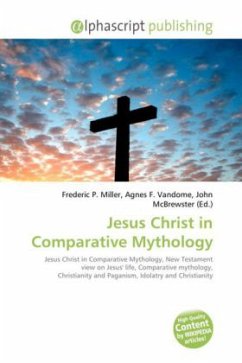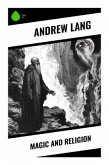Arabian mythology comprises the ancient, pre-Islamic beliefs of the Arabs. Prior to Islam on the Arabian Peninsula in 622, the physical centre of Islam, the Kaaba of Mecca, was covered in symbols representing the myriad demons, djinn, demigods and other assorted creatures which represented the profoundly polytheistic environment of pre-Islamic Ancient Arabia. We can infer from this plurality an exceptionally broad context in which mythology could flourish. Stories of genies, ghouls, magic lamps, flying carpets, and wishes contained in tales from the Arabian Nights and other works have been passed down through the generations. The concept of the Evil Eye is mentioned in the Qur'an, in Surat al-Falaq (in which one is told to seek refuge "from the mischief of the envious one as he envies"). The Hand of Fatima is sometimes used to neutralize the effect of Evil Eye, though its use is forbidden in Islam, as are all talismans and superstitions. Among traditional Muslims, various verses from the Qur'an such as an-Nas and al-Falaq are sometimes recited for blessing.








